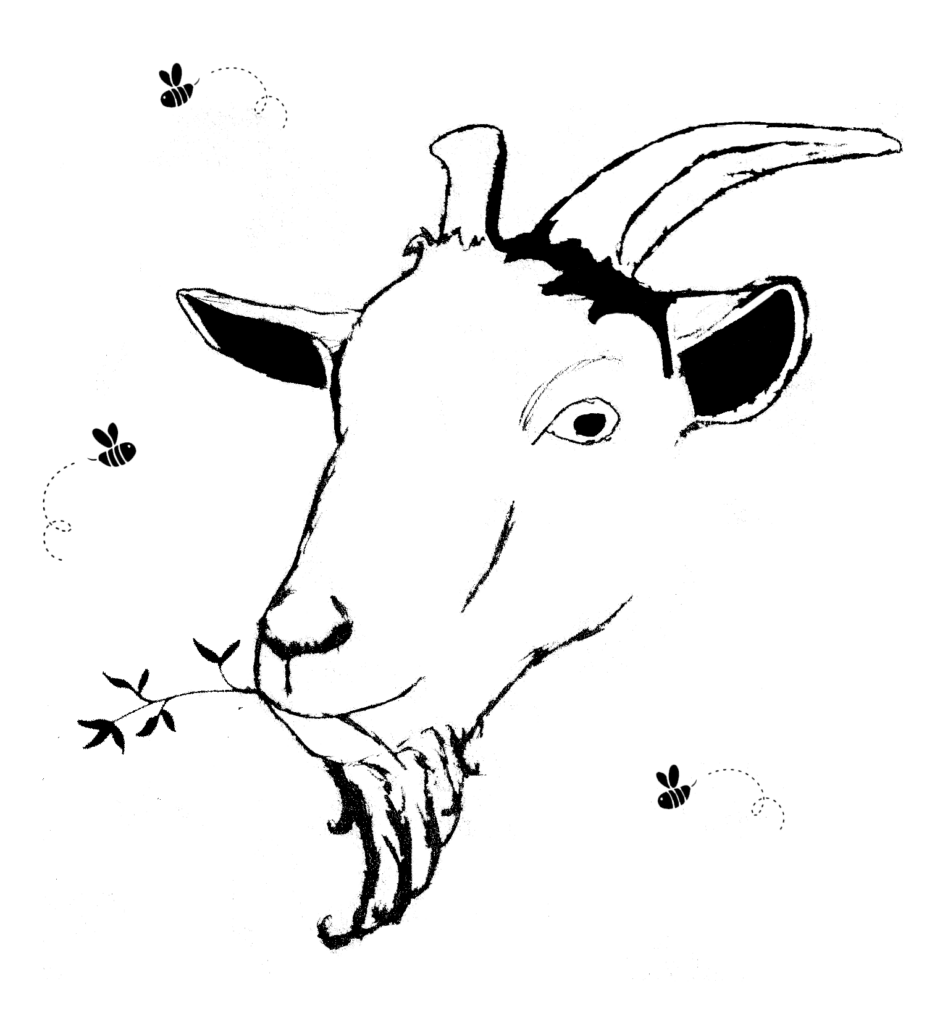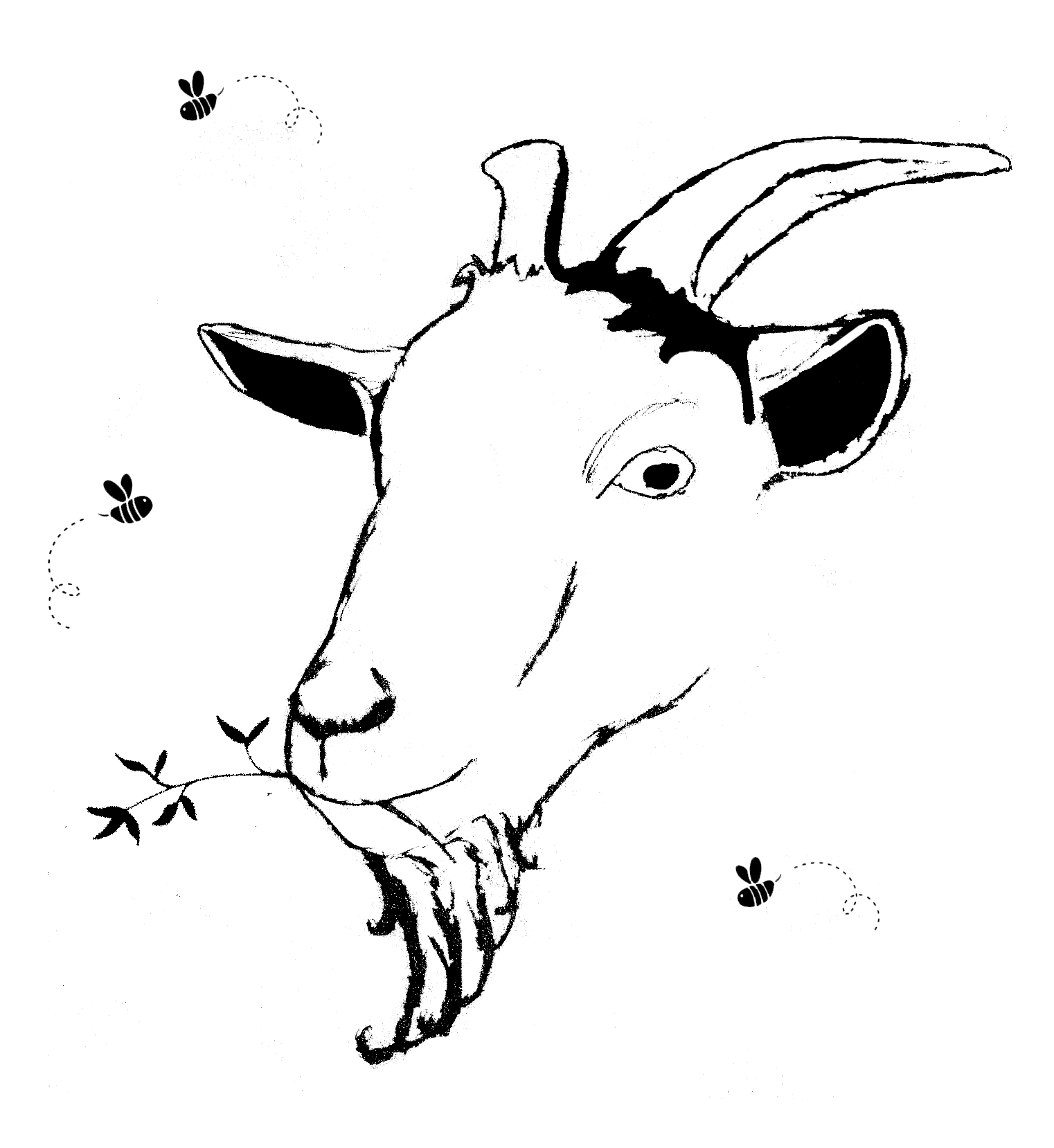Botanical Information
- Family: Lythraceae
- Common Names: Purple Loosestrife, Spiked Loosestrife
- Parts Used: Aerial parts (leaves, flowers), roots
Description
Lythrum salicaria is a tall, flowering herbaceous plant native to Europe, Asia, and North America. It is commonly found in wetland areas and has a long history of use in traditional herbal medicine, particularly for digestive health, wound healing, and antimicrobial applications.
Historical and Traditional Uses
- Used in traditional European medicine for diarrhea, dysentery, and intestinal inflammation.
- Employed as an astringent for wound healing and skin conditions.
- Historically used as an antimicrobial wash for infections.
- Applied as a tea for sore throats and oral health.
Constituents
- Tannins
- Flavonoids
- Polyphenols
- Mucilage
- Essential oils
Actions
- Astringent
- Anti-inflammatory
- Antimicrobial
- Antidiarrheal
- Hemostatic (stops bleeding)
- Soothing demulcent
Medicinal Uses
1. Digestive Health:
Traditionally used to relieve diarrhea, dysentery, and irritable bowel syndrome (IBS).
2. Wound Healing and Skin Care:
Applied externally to wounds, burns, and skin irritations for its astringent and antimicrobial effects.
3. Oral and Throat Health:
Used as a gargle for sore throats, gingivitis, and mouth ulcers.
4. Antimicrobial and Urinary Tract Support:
Helps combat infections and supports bladder health.
5. Bleeding and Circulatory Support:
Used to reduce excessive menstrual bleeding and promote capillary strength.
Preparation and Dosage
Infusion (Tea):
- 1-2 tsp of dried aerial parts per cup of hot water. Steep for 10-15 minutes and drink up to twice daily.
Tincture:
- 2-5 ml taken up to 3 times daily.
Poultice (Topical Use):
- Crushed fresh leaves applied to wounds and inflamed skin.
Gargle:
- Infusion used as a mouthwash or gargle for throat infections and oral health.
Precautions and Contraindications
- Pregnancy and Lactation: Use with caution; consult a healthcare provider before use.
- Constipation: Due to its astringent nature, excessive use may cause constipation.
- Blood Pressure Regulation: May interact with medications for high or low blood pressure.
Energetics (Traditional Medicine Perspectives)
- Traditional Western Herbalism: Cooling and astringent; supports digestion, skin, and urinary health.
- European Folk Medicine: Used for gastrointestinal issues and wound healing.
- Ayurveda: Primarily balances Pitta and Kapha, but excessive use may aggravate Vata.
Combinations
- For Digestive Support: Combine with agrimony and chamomile.
- For Wound Healing: Combine with yarrow and calendula.
- For Urinary Health: Combine with goldenrod and horsetail.
Harvesting and Storage
- Harvesting: Aerial parts are collected in summer when in bloom.
- Drying: Air dry in a well-ventilated, shaded area.
- Storage: Store dried plant material in airtight containers away from light and moisture.
Modern Research
Studies confirm Lythrum salicaria’s antimicrobial, astringent, and anti-inflammatory properties, supporting its traditional applications.
Purple Loosestrife remains a valuable herb in both traditional and modern herbal medicine, particularly for digestive health, wound healing, and infection control.

